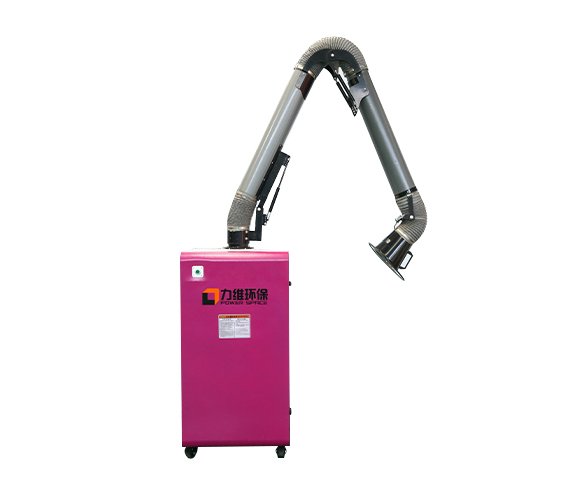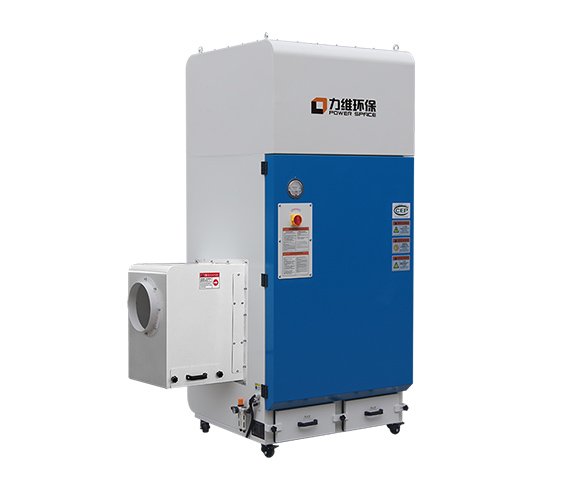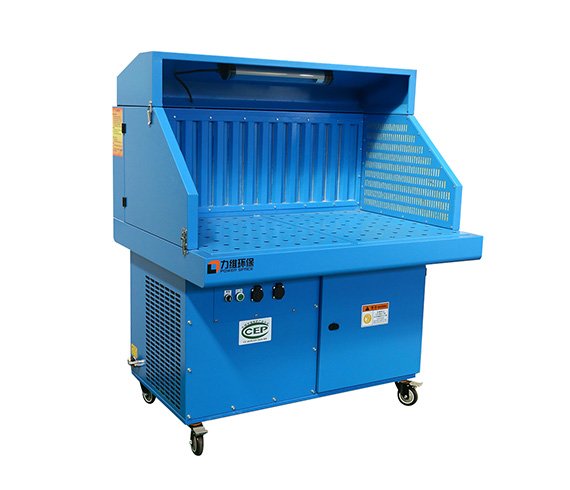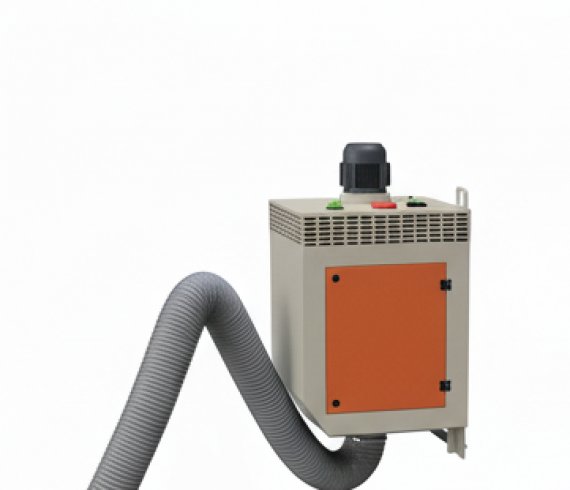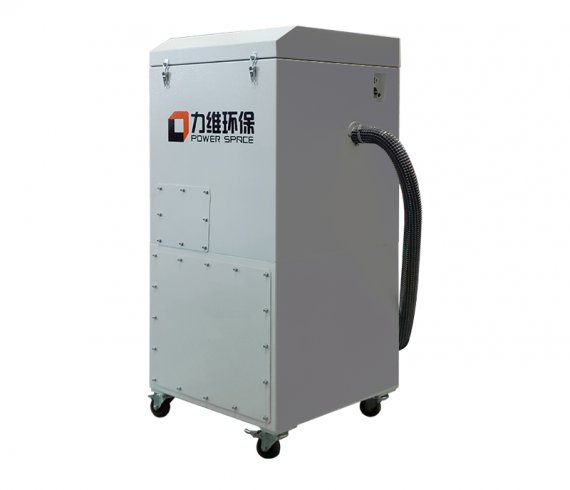News
Power Space tailor-made dust removal plan for you
Fume Extraction System for Welding Schools
Why Every Welding School Needs a Fume Extraction System
Welding fumes contain manganese, hexavalent chromium, and other toxins that can trigger asthma, metal-fume fever, and long-term neurological damage. A purpose-built fume extraction system for welding school environments captures these pollutants right at the torch tip—before they reach student lungs or settle on expensive equipment. Besides protecting health, a properly sized system keeps you ahead of OSHA, EPA, and local fire-code inspectors.
Typical Conditions in a Welding Training Center
The welding training center usually provides teaching welding for students or novice welders. The welding process is simple, and the workpiece size is small and fixed. Therefore, the dust collection method based on source collection can be adopted. Most schools share the same hallmarks:
Small, fixed benches or jigs at 0.5–1 m height
Mixed processes—SMAW, GMAW, GTAW, occasional laser demos
Intermittent but simultaneous use—19 booths may run at once during finals, yet only three during a demo
Low ceiling height (3–4 m) and limited floor space for bulky gear
Budget constraints that favor modular, scalable solutions
Because fumes rise and spread quickly in tight quarters, a general ventilation plan alone will not meet modern exposure limits. A localized fume extraction system for welding school use is the only practical fix.
Core Fume Extraction System Design Rules for Schools
There are 2 source collection design for the welding school: Fume Extraction Arm or Fume Extraction Hood.Generally speaking, when using an exhaust hood, the space for the operators' activities needs to be taken into consideration. The design usually places the suction surface 2 meters above the ground. In this case, the point where the welding smoke is generated is too far from the suction surface. Although the smoke will still be collected by the exhaust hood after being heated and rising, it will pass through the breathing system of the operators during the rising process. Therefore, we recommend using the fume extreaction arm.

Size for Real Load, Not Worst-Case Fantas
1200 m³/h per booth for student-only classes
1500 m³/h per booth when journeymen refreshers share the line
Add 10 % extra for 60 m of 200 mm spiral duct plus two 90° bends
Keep Noise Down
Select a centrifugal fan under 75 dB(A) so lectures don't compete with machinery.
Plan for Growth
Modular filter units allow you to add three more booths next semester without replacing the entire fume extraction system.
Case: The Yibin Xuanfeng Welding Center
| Working Stations Number | 19 |
| Collection Device | 3 m Soft Fume Extraction arm |
| Air Flow | 1200m³/h |
| Pipe Length | 60 m |
| Fume Extration Unit Type | LW-E-1216-300B |
The Yibin Xuanfeng Welding Center installed 19 flexible arms, 60 m of duct, and a 24 000 m³/h dust collector outside the workshop. After one term, hexavalent chromium readings dropped from 18 µg/m³ to <2 µg/m³—well below the 5 µg/m³ OSHA PEL. Student complaints of headaches fell by 80 %, and local media ran a feature story highlighting the school's proactive safety culture. Enrollment for the next semester rose 30 %, proving that a smart fume extraction system is also a marketing asset.

(Click here to visit case video)
A modern fume extraction system is no longer optional for welding schools; it is the cornerstone of student safety, regulatory compliance, and a thriving program reputation. By following the design rules above and choosing scalable equipment like the LW12 series, any school can install a cost-effective fume extraction system for welding school use that grows with its ambitions. Ready to clear the air and fill your next semester? Ask for a free airflow calculation and see how quickly the LW12 series can turn your shop into a clean, compliant classroom.


